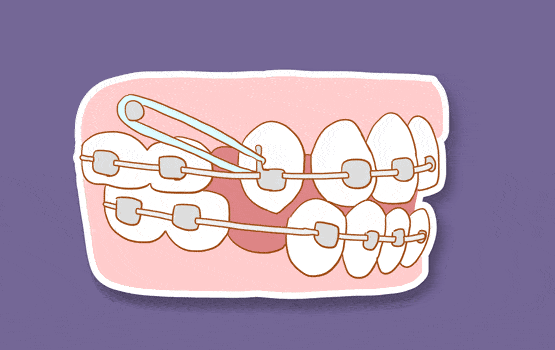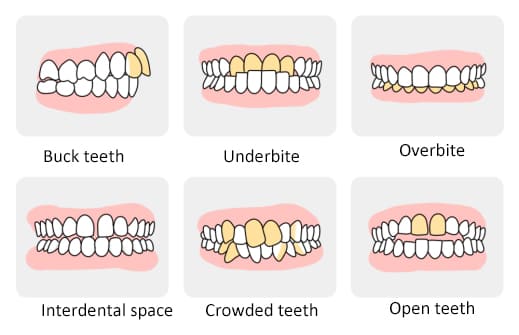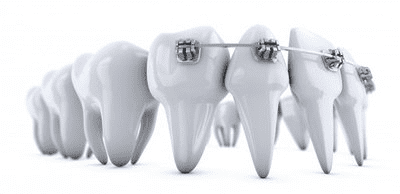Aesthetic teeth can be achieved via orthodontics. The term "orthodontic teeth" is derived from the combination of three Greek words that translate to "tooth," "orthodontics," and "discipline" in English.
Orthodontic Care
Through the use of various orthodontic devices, orthodontic therapy primarily modifies the relationship between the upper and lower jaws, the upper and lower teeth, and the jawbone.
It also modifies the relationship between the teeth and the jawbone. The ultimate goal of orthodontic therapy is to achieve balance, stability, and aesthetics in the oral and maxillomandibular systems due to the improper interaction between their connecting nerves and muscles.
By applying the proper "biological force" to the teeth, alveolar bone, and jaw bone to induce physiological movement, orthodontic equipment, whether used inside or outside the oral cavity, can rectify malocclusion.

Some malocclusions, such as those brought on by undesirable habits such as an under-bite or lip biting, finger sucking, etc., call for early intervention (3-6 years old).
When the permanent teeth start to erupt, an orthodontist should be consulted and should assess the rest of the malocclusion (8 to 10 years old).
Because abnormalities can be identified and dealt with quickly at this time, early and regular observation of the eruption process of children's permanent teeth is possible.
The "golden era" of orthodontic treatment, as some orthodontists refer to it, is between the ages of 12 and 16, when most orthodontic treatments are most effective.
Different ages determine when orthodontic treatment is most appropriate:
(1) The stage of the deciduous tooth (3 to 5 years old):
The fundamental goal of orthodontic therapy is to support a child's maxillofacial region's natural growth.
The primary goals of this stage are to correct the posterior cross-bite, mandibular protrusion, and deciduous teeth malocclusion that impedes the proper growth of the maxillofacial region. Correct poor habits like lip biting and tongue sticking that interfere with the oral cavity's regular operation as soon as possible to stop malocclusion from happening again.

(2) The mixed-teeth era (girls: 8-10 years old, boys: 9-12 years old).
For bad habits like biting the lip, sticking out the tongue, or protruding the jaw, as well as for abnormalities in the shape of the face, the relationship between the upper and lower jaws, the anterior cross-bite, and functional mandibular retraction, there is no need to rush to correct the partial dentition during this time.
It is frequently required to visit the hospital to find a qualified orthodontist for an evaluation to identify whether the abnormal state is a dental, functional, or skeletal malocclusion, in order to define the treatment strategy.
(3) The emergence of permanent teeth (girls: 11–14; boys: 13–15):
Around the age of twelve, permanent dentition begins to develop. Currently, once the dentition of the teeth becomes abnormal, they will not immediately go away and can only be fixed with the help of an orthodontist.
The greatest time to address children's uneven dentition is around this time. The best curative effect occurs during this time, and all types of the abnormal dentition can benefit from orthodontic treatment.

(4) The Adults:
When it comes to comprehensive orthodontic treatment, adults face more limitations than children.
Despite the fact that healthy teeth can be moved at any age. However, because adults' physiological and metabolic activity is less active than that of young patients, and their oral environment is more complicated, the difficulty and time required for orthodontic treatment will increase.
Because adults' facial bones are no longer growing, some serious dental malocclusion problems cannot be corrected only with aligners like children, sometimes it also needs by maxillofacial surgery combined with orthodontic treatment.
More information will following, please visit Bestondental.com
Contact: Tala lee
Phone: 86-15291766814
E-mail: [email protected]
Whatsapp:0086-15291766814
Add: Longhua street,shenzhen City,Guangdong,China
